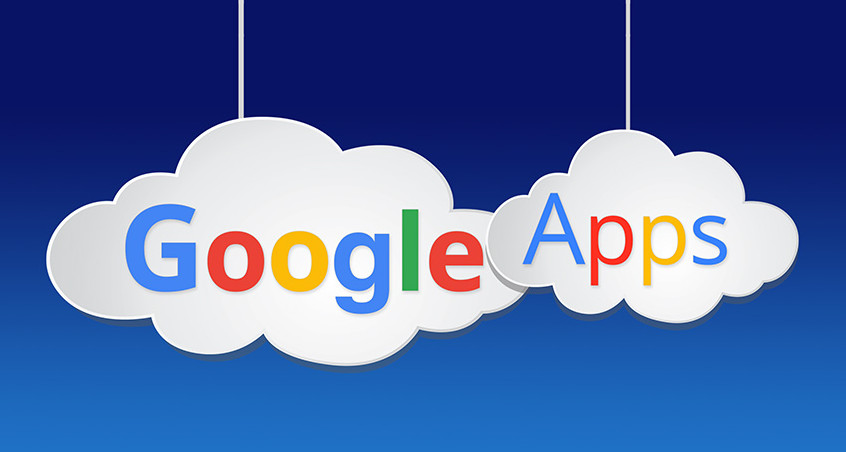 We all secretly loathe email. Admit it. That wave of relief you get when that incoming message is a Groupon notification and not someone asking you for something…nirvana. The worst is collaborating in a file that’s been bouncing around inboxes. Rough draft? Final draft? Are you even in my class? There’s a better way.
We all secretly loathe email. Admit it. That wave of relief you get when that incoming message is a Groupon notification and not someone asking you for something…nirvana. The worst is collaborating in a file that’s been bouncing around inboxes. Rough draft? Final draft? Are you even in my class? There’s a better way.
My dream is a one-stop shop for communication and collaboration, a place where emails, texts, notifications, phone calls, even calendars all appear magically before my eyes (without the goofy looking glasses). And while we’re not quite there, I’ve found that the simple design and robust tools of Google Docs has at least transformed the way my students and I work together.
The setup and process of creating a virtual workspace couldn’t be simpler. A student creates a folder in Google Drive. She names her folder by first and last name, and shares it with my .edu email. Everything and anything she puts in that folder, I immediately have access to. While drafting work, Google Docs tracks all changes, which makes the process very fluid for the student. Rather than having separate files for a rough draft, second rough draft, and “final” draft, the work becomes The Writing.
Conceptually, this is wonderful. Through this, my students embrace how a writing evolves organically; they no longer consider an essay a divorced “drafting” process where the final attempt is hopefully best. Instead, we collaborate within a single Doc, revisiting versions where maybe an idea wasn’t at the time viable but now can be employed. Comments can be accepted, rejected, resolved, and when a change has been made, you can be notified.
There’s also a synchronous element in that a live chat can take place in the same workspace. This has been an invaluable tool for students struggling with some of the basics. While I make comments and/or annotate an essay, a student on another machine (including a phone!) can watch as I provide feedback. Live messages can be sent to me asking for further explanation or clarification. This often arises when I’m pointing out comma issues or problems with agreement. I’ve also implemented this function in group feedback sessions and/or during peer review. Docs provides an excellent, on demand way of collaborating both synchronously and asynchronously. And with notifications turned on, everyone stays in tune. While there are alternatives to Docs, Google’s product is free, universally available across platforms, and doesn’t require someone to log into an LMS. And with free add-ons including EasyBib, speech recognition, and thesauruses, who knows… maybe we’re finally one step closer to making the inbox as obsolete as the mailbox.


